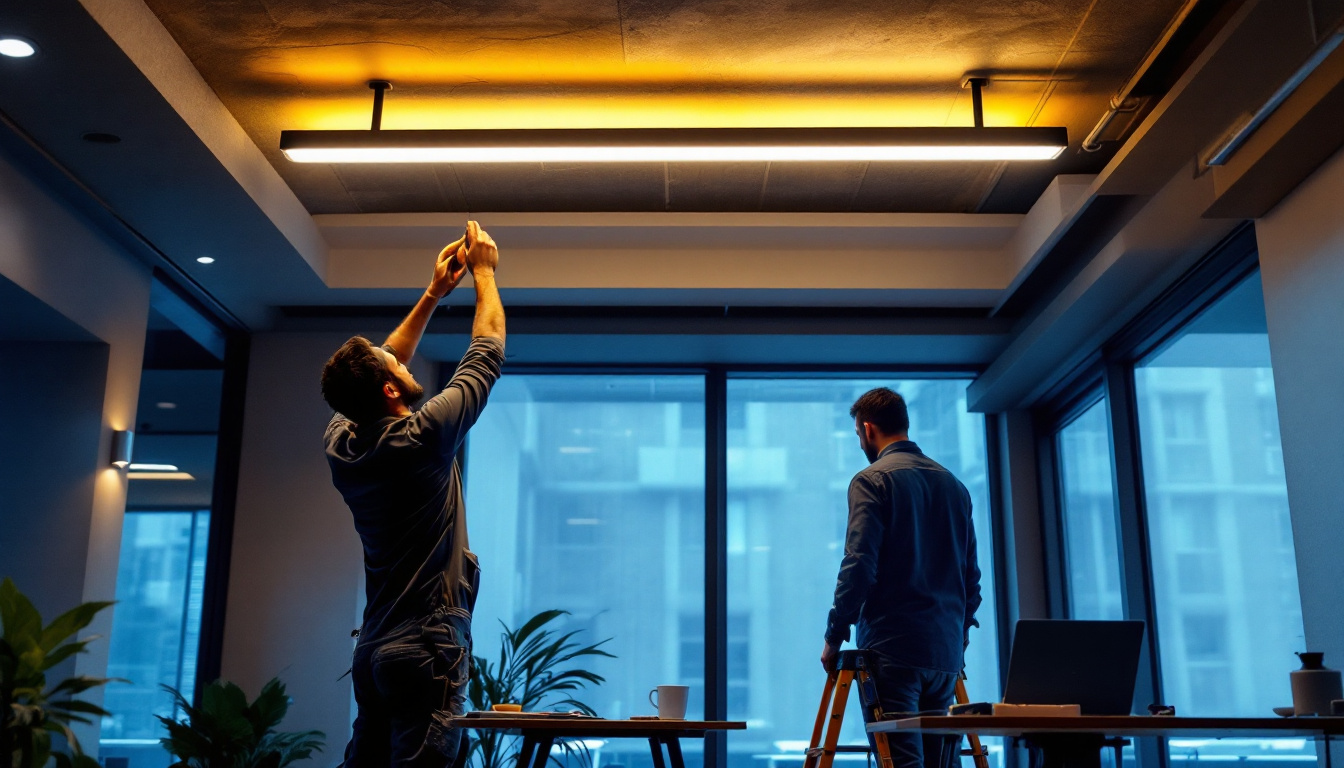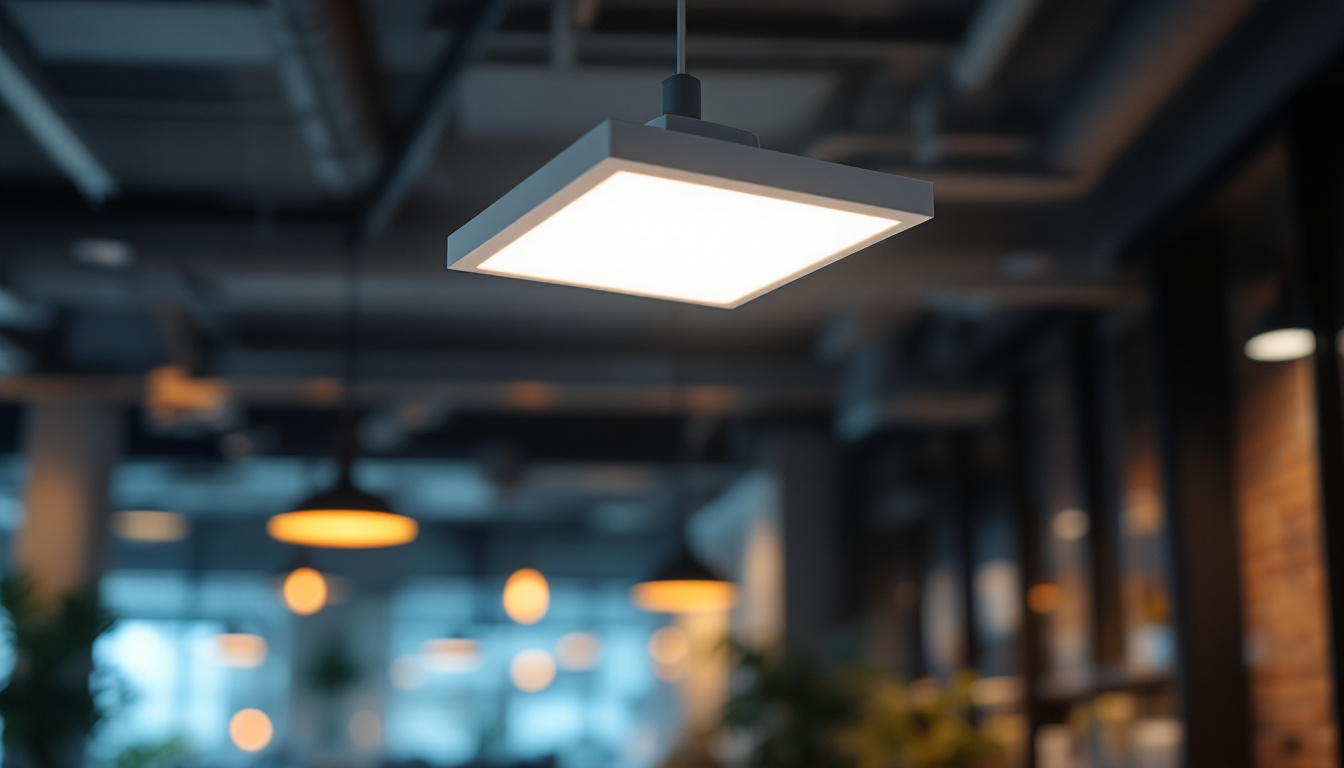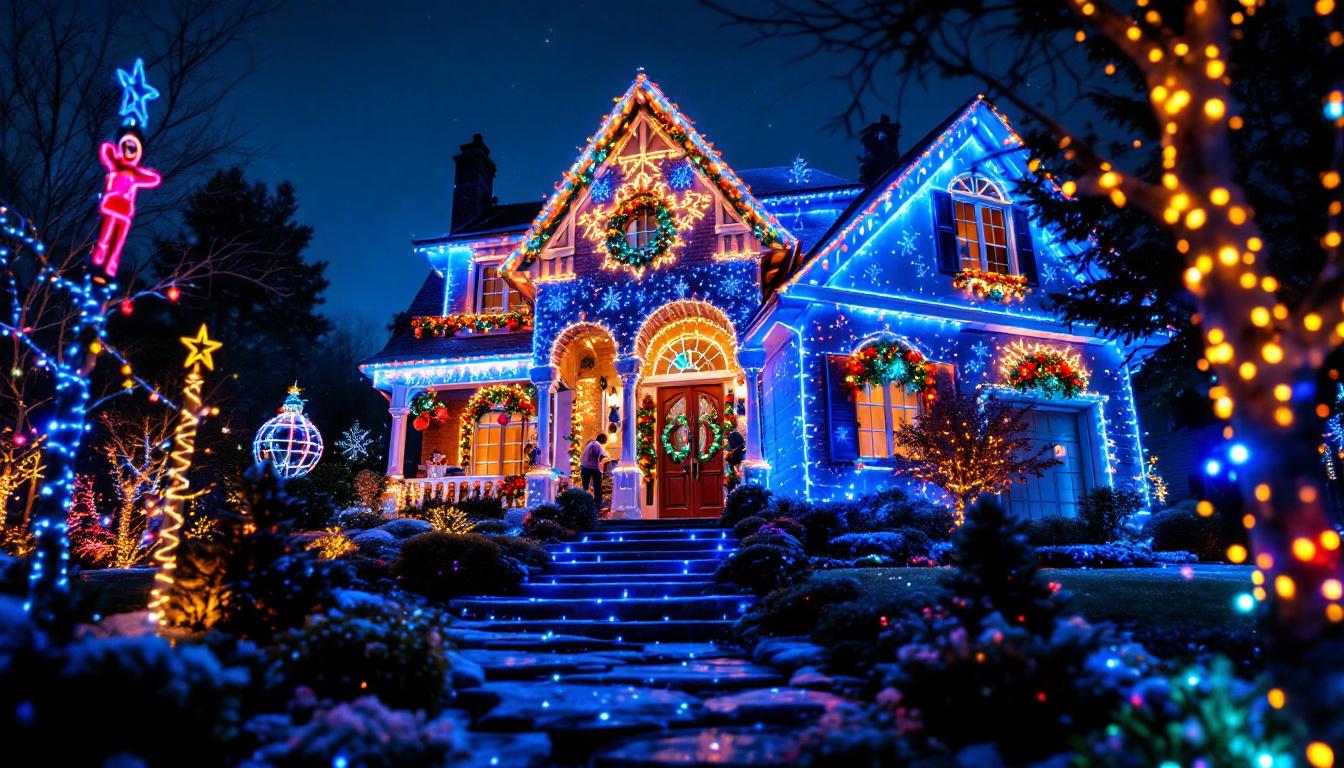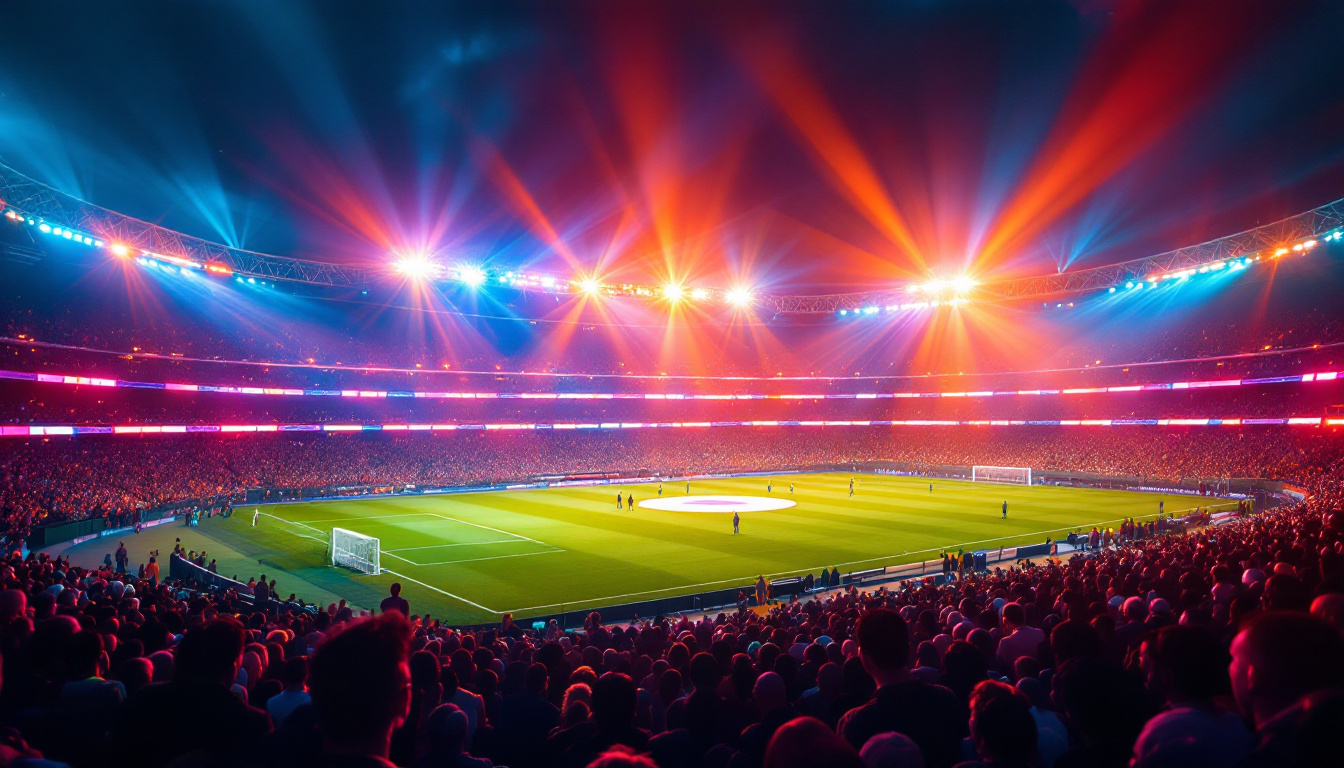
In the world of lighting design, the ceiling lighting bar has emerged as an essential tool for contractors aiming to enhance the aesthetic and functional aspects of residential and commercial spaces. This guide provides a comprehensive overview of ceiling lighting bars, their applications, installation techniques, and best practices, ensuring that lighting contractors are well-equipped to meet the diverse needs of their clients.
Ceiling lighting bars, often referred to as track lighting systems, consist of a linear track that supports multiple light fixtures. These fixtures can be easily adjusted along the track, allowing for versatile lighting configurations. The adaptability of ceiling lighting bars makes them a popular choice for various settings, from homes to galleries and retail spaces. In addition to their functional benefits, ceiling lighting bars also contribute to the overall aesthetic of a room, providing a modern touch that can enhance the visual appeal of any space.
Furthermore, the installation of ceiling lighting bars can significantly influence the ambiance of a room. By strategically positioning the light fixtures, homeowners and designers can create focal points, highlight artwork, or provide general illumination. This capability is especially valuable in open-concept living areas where different zones may require distinct lighting solutions. The ability to direct light where it’s needed most not only improves functionality but also elevates the overall design of the environment.
There are several types of ceiling lighting bars available in the market, each designed to cater to different lighting needs and aesthetics. Understanding these types can help contractors select the right system for their projects.
Ceiling lighting bars offer numerous advantages that make them appealing to contractors and clients alike. Their benefits include:
Additionally, ceiling lighting bars can be equipped with energy-efficient LED bulbs, further enhancing their appeal. These bulbs not only consume less energy but also have a longer lifespan compared to traditional incandescent bulbs, making them a cost-effective choice in the long run. The ability to dim the lights or change their color temperature adds another layer of customization, allowing users to create the perfect atmosphere for any occasion, whether it’s a cozy family dinner or a lively gathering with friends.
Proper installation of ceiling lighting bars is crucial for optimal performance and safety. Contractors must consider several factors during the installation process to ensure a successful outcome.
Before installation, it is essential to assess the space where the ceiling lighting bar will be mounted. Key considerations include:
Having the right tools and materials on hand is vital for a smooth installation process. Essential items include:
The installation of a ceiling lighting bar can be broken down into several clear steps:
The choice of fixtures for a ceiling lighting bar can significantly influence the overall lighting quality and ambiance of a space. Contractors should consider various factors when selecting fixtures.
Different types of light bulbs can be used with ceiling lighting bars, each offering unique benefits:
The style and design of fixtures can greatly affect the visual appeal of a space. Considerations include:
Effective lighting involves more than just choosing the right fixtures; it also requires an understanding of lighting techniques:
Regular maintenance of ceiling lighting bars is essential to ensure longevity and optimal performance. Contractors should be aware of common maintenance tasks and troubleshooting techniques.
To keep ceiling lighting bars in excellent condition, follow these maintenance tips:
Contractors should be prepared to troubleshoot common issues that may arise with ceiling lighting bars:
The lighting industry is constantly evolving, with new trends emerging that can enhance the functionality and aesthetics of ceiling lighting bars. Staying informed about these trends can help contractors offer cutting-edge solutions to their clients.
Smart technology is making its way into lighting design, allowing for greater control and customization. Contractors can now offer clients:
As sustainability becomes a priority, energy-efficient lighting solutions are gaining traction. Contractors should consider:
Customization is becoming increasingly important in lighting design. Contractors can offer clients:
Ceiling lighting bars are a versatile and effective solution for lighting contractors looking to enhance their projects. By understanding the types, installation techniques, fixture choices, and maintenance practices, contractors can provide exceptional lighting solutions that meet the needs of their clients. Additionally, staying informed about current trends and innovations will ensure that contractors remain competitive in a rapidly evolving industry.
With this ultimate guide, lighting contractors are now equipped with the knowledge and resources needed to successfully incorporate ceiling lighting bars into their designs, ultimately leading to satisfied clients and successful projects.
Ready to elevate your lighting projects with the versatility and sophistication of ceiling lighting bars? Look no further than LumenWholesale for all your lighting needs. Our commitment to providing contractors with superior, spec-grade lighting products at wholesale prices means you can trust in the quality and value of every purchase. With our extensive selection, free shipping on bulk orders, and no middleman markups, you’re guaranteed to find the perfect lighting solutions that blend quality, affordability, and convenience. Don’t compromise on your lighting—choose LumenWholesale for Wholesale Lighting at the Best Value.

Discover the benefits of LED troffers in energy-efficient lighting.

Discover expert tips and insights for lighting contractors on using projection Christmas lights to create stunning holiday displays.

Discover why LED stadium lights are revolutionizing lighting projects with their energy efficiency, durability, and superior illumination.

Discover the key factors that distinguish top lighting contractors in the competitive world of panel lights.